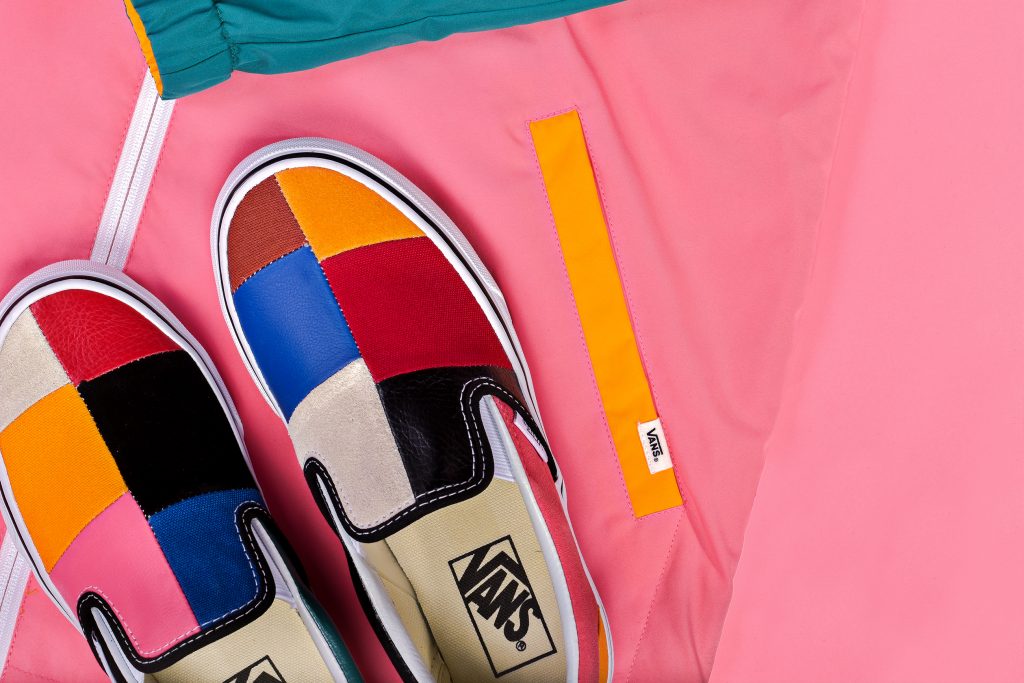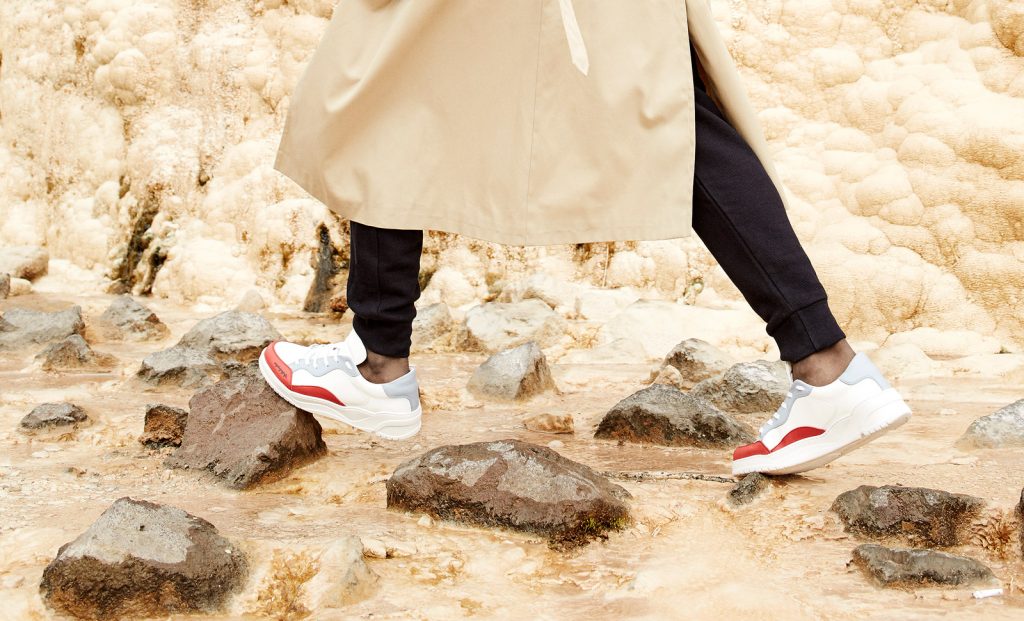Virón’s Subversive Footwear Turns Food Waste into Leather
Ahead of an upcoming collection, co-founder Julien Romer breaks down Virón’s apple-derived leather and the importance of grassroots movements

The term “vegan leather” generally conjures a belief that any animal free-alternative is the undisputed ethical option, but this isn’t completely true. In reality, the most popular vegan leather—which is marketed as being much more sustainable—is 100% synthetic polyurethane (a cheaper, less durable material) made through the use of fossil fuels. Thus, its environmental impact is not so different from the material made from animal hide. At Virón—a French, counterculture-inspired footwear company that converts food waste into footwear—vegan leather is finally living up to its reputation. Ahead of their March collection made in collaboration with urban farm Plantation Paris, the brand’s co-founder Julien Romer talks us through their innovative production.
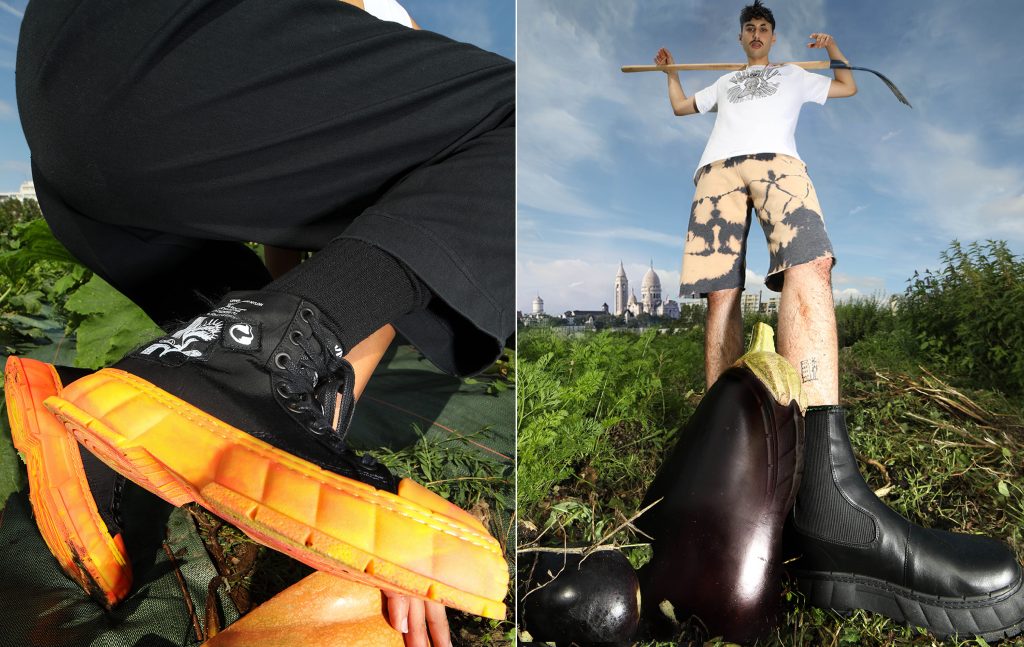
“Our vegan leather has 60% bio-based components and all of our soles are made from recycled materials,” Romer says. Almost all parts of Virón’s shoes are derived from recycled materials: faux-suede stems from recycled post-consumer plastic bottles, soles come from recycled rubber, canvas is up-cycled army surplus from Europe—even their eyelets are leftover from other shoes as Virón operates on a closed-loop system that reuses old pairs. Of all these innovative changes, however, their leather, which is derived from food waste (mainly apples), is the most noteworthy.
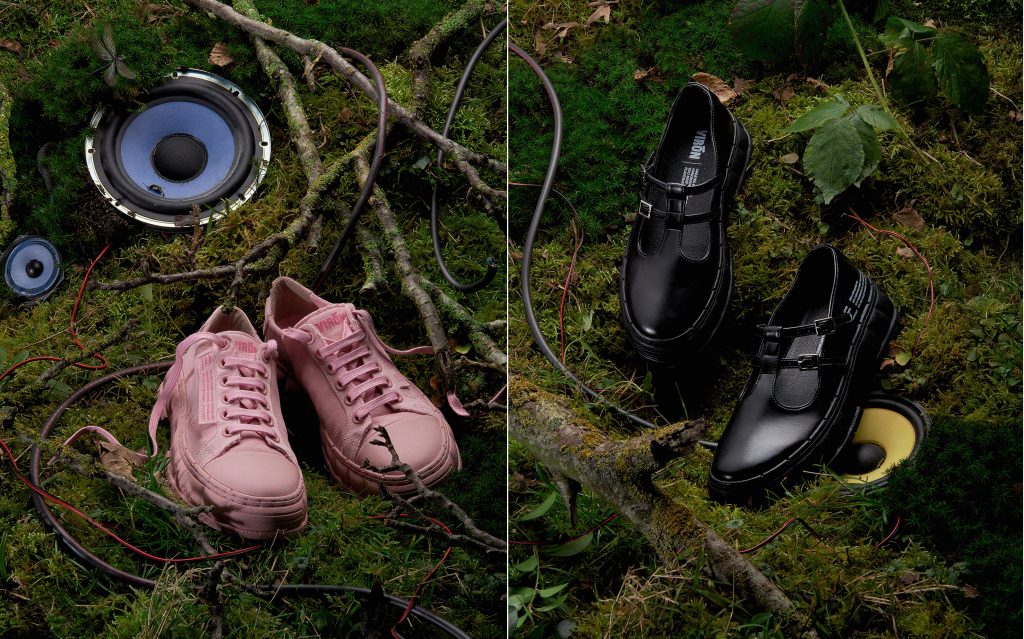
Using proprietary AppleSkin technology, Virón crafts bio-based leather from the byproducts of the apple juice industry—which they track studiously to ensure the process is sustainable. “We know the apples come from Northern Italy. We know the apple farms that we get the apples from and we know the factory where it’s produced in Italy. From there, it’s shipped to our family-owned factory in Portugal,” explains Romer. To make their bio-based leather, they recover the skin and seeds of the apple, dehydrate and powder them and then mix them with a little polyurethane to enable adhesion.

Beyond being more sustainable, apple leather features a multitude of benefits. “It was developed originally as a replacement for conventional leather which means it has similar characteristics. Besides being durable, it’s also water-repellent,” Romer tells us. The bio-based components also lend a greater level of breathability to the shoes and, because the material is not as flexible as animal skin, it affords the shoes longer wear. “You don’t wear it in in the same way you would normal leather. So whatever size you try that’s how it stays,” he continues.
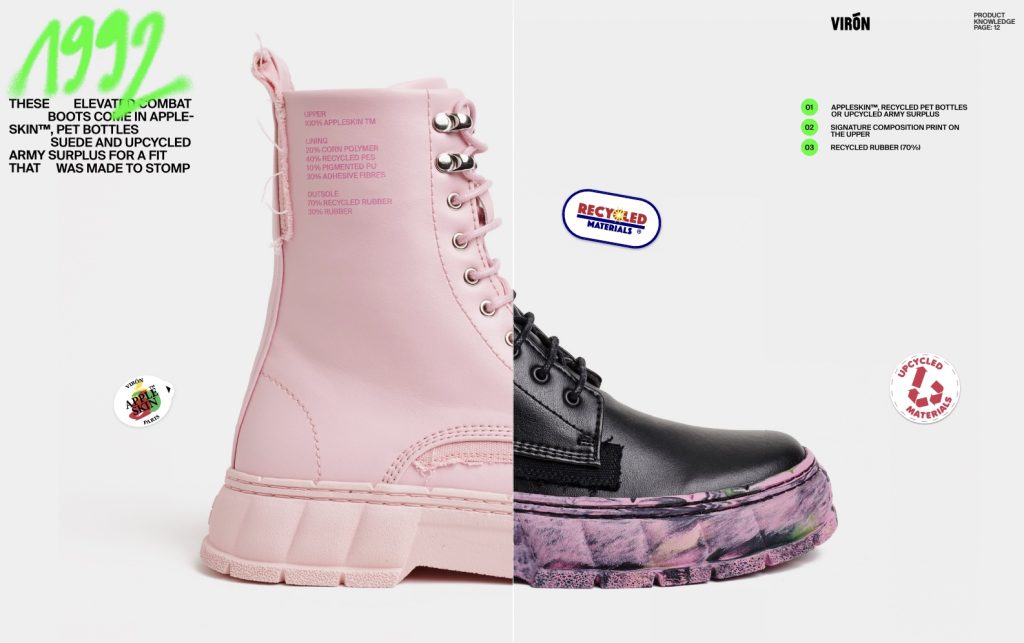
In an industry prone to exaggerating its sustainable practices, Virón’s dedication to experimenting and researching new ways to cut emissions and rethink production puts them in a league of their own. “The main idea behind Virón is that we believe that in order for us to have a better future for society, everybody needs to play fair. Everybody needs to improve,” says Romer. As transparency and traceability are integral aspects of Virón’s ethos, the footwear company lists all the components that go into each shoe on the shoe itself, much like nutrition or ingredients lists seen on food. Additionally, on every first Thursday of the month Virón lists a select number of shoes for 50 to 70€ to make their footwear more accessible and donates proceeds to charities that the community votes for.

None of these initiatives, however, are listed on the site because, as Romer explains, it’s not about marketing: “We don’t want to use our commitment as a sales tool. A lot of people don’t know we do these things, they’re just things we do naturally because this is really at the core of what we do.” Virón subverts traditional approaches to marketing, sustainability and production. This alternative thinking inspires both the brand’s ethos and aesthetics.

From their combat boots to high-top and low-top sneakers, a sense of counterculture pervades. These designs, helmed by Virón’s co-founder Mats Rombaut, draw inspiration from the underground techno scene in Paris and grassroots movements. Each shoe style is named after a year in history that was ripe with important social movements. The 1968 sneakers, for instance, recalls the Gay liberation movement that was happening at the time as well as France’s period of civil unrest, defined by mass protest and general strikes.

“We take a lot of reference from the ’80s and ’90s,” adds Romer. “And we take inspiration from techno because we see techno as a successor of punk in the ’80s and ’90s—just pure freedom and questioning the status quo.” For this reason, details and patches on the side of combat boots recreate rave flyers from that era.
Ideals of grunge, graffiti and revolution also inform the design process, including structure and silhouette. “Combat boots became popular in the ’80s, because punks were wearing it because it comes from the working class. And now for spring-summer, we released Mary Janes, which also became popular with subcultures in the ’80s and ’90s,” Romer tells us.

While the footwear brand is taking inventive steps toward responsible production, Romer knows that this is not a complete salve for climate change. “We need every stakeholder of the whole industry to play a part. Just the small brands will not create enough change. As individuals we have the obligation to hold companies and governments accountable to laws. And right now, companies who put their trash in landfills, they’re not getting really punished for it. That’s why it’s so important to have laws and regulations.”
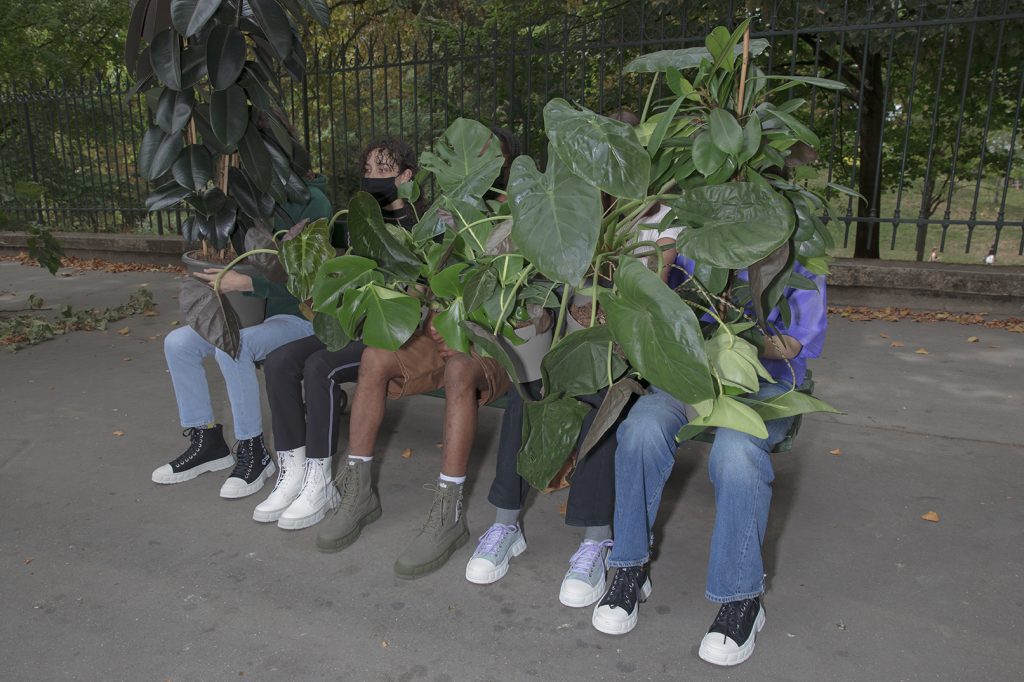
The most important things, he emphasizes, are grassroots movements. “It’s so important that people go on the streets or sign petitions, just make noise and be clear that things need to change. The thing that we can do is be a leading example on how to make a full operation as quick and sustainable as possible.” Just as Virón looks to the protests and rebellions of the past, the revolutionary footwear company inspires the protests and progress to come.
Images courtesy of Virón
